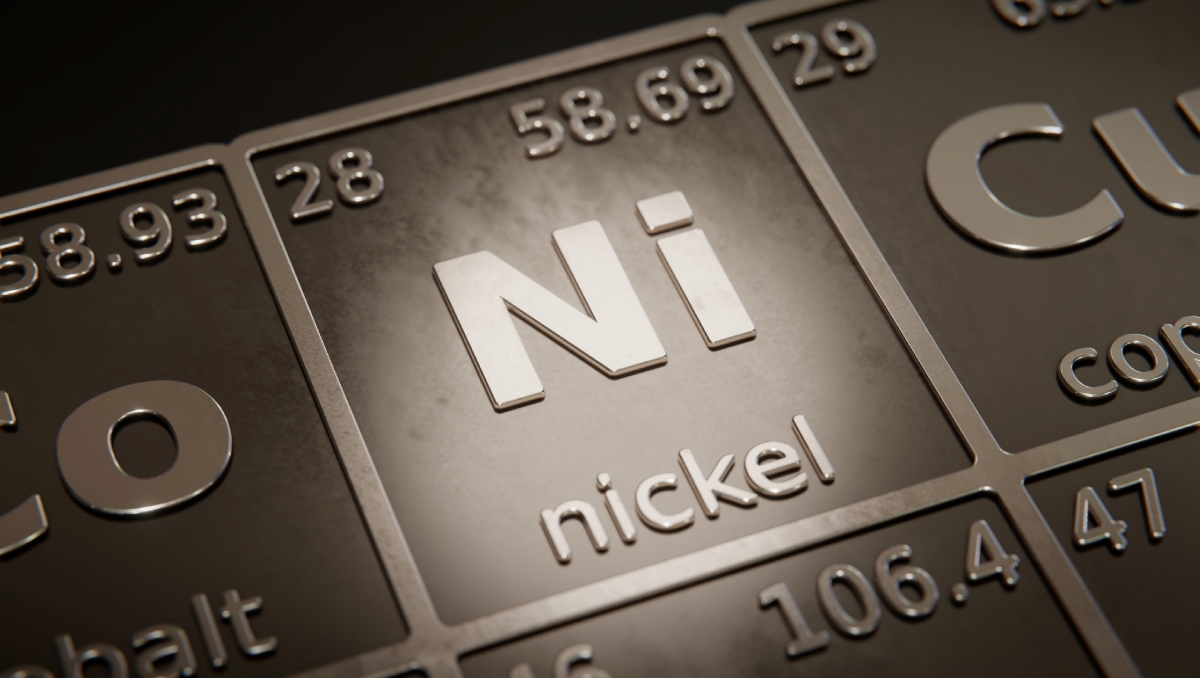Advancements in Superconducting Materials

Date

These molecular diagrams compare the oxidation of native tantalum (Ta), left, in which the oxide penetrates the Ta lattice, with that of tantalum coated with an ultrathin layer of magnesium (Mg), right. Mg acts as an oxygen barrier, effectively suppressing Ta oxidation, and pulls impurities from Ta. Both improve the superconducting properties of the underlaying Ta thin film—shown in the graphs as a sharper transition to superconductivity at a higher temperature.
Brookhaven National LaboratorySource: www.bnl.gov/newsroom
In a time where quantum computing is on the horizon, every advancement in superconducting materials takes us closer to unlocking the full potential of this groundbreaking technology. Recently, scientists at the U.S. Department of Energy’s Brookhaven National Laboratory have made a significant breakthrough by enhancing the properties of tantalum, a superconducting material crucial for building qubits, the building blocks of quantum computers. Their discovery, outlined in a paper published in the journal Advanced Materials, involves the addition of a layer of magnesium to tantalum, resulting in improved purity, resistance to oxidation, and higher operating temperatures. While this breakthrough promises advancements in quantum computing, its impact may reverberate beyond the realm of technology and into the scrap metal recycling industry.
Impact on Tantalum Demand and Recycling
Tantalum is a rare and valuable metal with unique properties, making it highly sought after in various industries, including electronics, aerospace, and medical devices. However, its scarcity and high demand have led to concerns regarding sustainability and responsible sourcing. The discovery of enhanced tantalum superconductors could potentially increase demand for this metal, particularly in the growing field of quantum computing.
As the demand for tantalum rises, so too does the importance of efficient recycling processes. Scrap metal recycling plays a crucial role in meeting the demand for tantalum while reducing the environmental impact associated with its extraction and production. Traditionally, recycling tantalum has been challenging due to its susceptibility to oxidation and impurities. However, with the introduction of magnesium as a stabilizing agent, tantalum becomes more resilient to oxidation and maintains higher purity levels, facilitating easier recycling processes.
Furthermore, the higher operating temperatures enabled by the magnesium layer may extend the lifespan of tantalum-based components in electronic devices, reducing the frequency of replacement and increasing the availability of tantalum scrap for recycling. This increased supply of recycled tantalum could help alleviate some of the pressure on primary tantalum sources, contributing to a more sustainable supply chain for this critical metal.
Collaboration Across Industries
The convergence of quantum computing research and the scrap metal recycling industry underscores the interconnectedness of scientific disciplines and industrial sectors. Collaboration between researchers, manufacturers, recyclers, and policymakers will be essential to fully realize the potential benefits of this breakthrough.
By encouraging partnerships and sharing knowledge, stakeholders can accelerate the development and adoption of sustainable practices that support both technological innovation and environmental stewardship. This collaborative approach will be critical in navigating the complexities of tantalum supply chains and ensuring equitable access to this valuable resource.
The discovery of enhanced tantalum superconductors represents a significant milestone in the search for practical quantum computing technologies. Beyond its implications for the field of quantum computing, this breakthrough has the potential to reshape the scrap metal recycling industry by increasing the demand for tantalum and driving innovations in recycling processes.
As researchers continue to push the boundaries of materials science and engineering, opportunities for collaboration and cross-disciplinary innovation will be numerous. By harnessing the collective expertise of diverse stakeholders, we can build a more sustainable and resilient future where technological progress goes hand in hand with environmental conservation.



